Highlights 2018
April
Looking north
The SNSF makes it easier for researchers in Switzerland to collaborate with partners in Sweden or Norway by signing an agreement with the respective funding agencies. If the principle investigator of a cross-border project is based in Switzerland, the SNSF also covers the research costs in Sweden or Norway – up to an amount corresponding to 50% of the overall budget. In return, the Swedish and Norwegian agencies finance project costs in Switzerland. Similar agreements are in place with Germany, UK and Austria.
May
Art in the lab
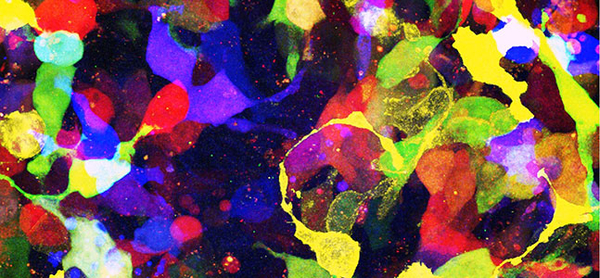
For the second time, the SNSF awards prizes for the best scientific images. From 350 entries, the international jury selects four winners and awards eight distinctions. A selection of the entries is exhibited at the Biel/Bienne Festival of Photography in May. “These images go beyond the lab; they are narrative, artistic and sometimes humourous,” says festival director Sarah Girard enthusiastically. “The diversity is amazing, and the subjects raise unexpected questions.” In the autumn, the exhibition is on display at the Zurich Film Festival and the Foire du Valais in Martigny.
May
Fruitful discussions
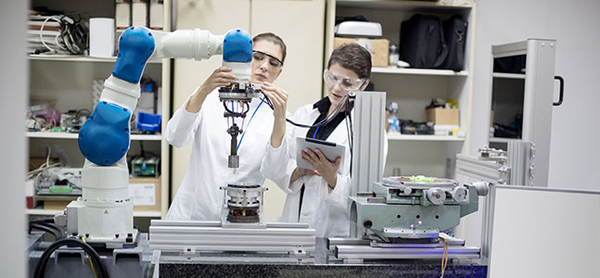
The grant offices of higher education institutions are key partners of the SNSF. At the Grant Offices Day 2018, it informs them about new features and offers opportunities to discuss their needs. Several grant offices present feedback on the different schemes and innovations. The annual meeting provides the SNSF with important information regarding the development of its funding portfolio.
May
Use-inspired
Universities of applied sciences (UASs) and universities of teacher education (UTEs) pursue mainly use-inspired research to find innovative solutions to practical problems in technology, industry and society. Which funding schemes are particularly suited to such projects? A new SNSF webpage provides an overview and links to more detailed information. By the end of the year, the dedicated page had been called up 3,700 times. It is part of a series of measures to drive up the number of successful project applications from the UASs and UTEs.
September
Scientific independence
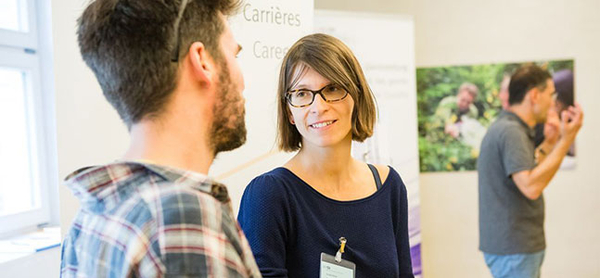
100 researchers, including 70 postdocs, attend the Advanced Researchers’ Day in Bern to benefit from presentations and advice provided by SNSF experts. Advanced researchers can apply for career funding – through Ambizione, Eccellenza and PRIMA – or for regular project funding. Those awarded a grant conduct their own multi-year project, pursuing their own ideas. Their work makes a key contribution to scientific progress. At the same time, the researchers enhance their scientific profile and gain the independence they need to succeed in their academic careers.
September
Robots for lay people
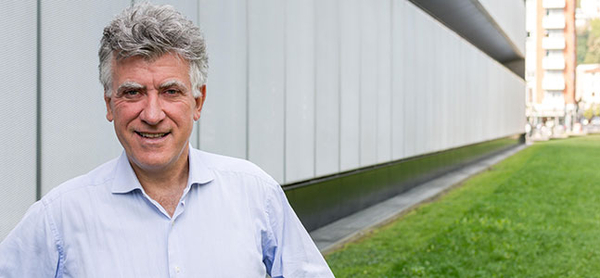
Luca Maria Gambardella from the Italian-speaking part of Switzerland receives the new Optimus Agora Prize. The SNSF and swissnex San Francisco award it to researchers who successfully communicate about their work to a lay audience. In Gambardellaʼs project, pupils, teachers and parents learn how to programme a robot. “We want to find out how best to teach people computational thinking,” says Gambardella, professor of artificial intelligence at the University of Applied Sciences and Arts of Southern Switzerland (SUPSI). With its Agora funding scheme, the SNSF fosters dialogue between science and society, investing 4.2 million francs in 2018.
November
Facilitating peace
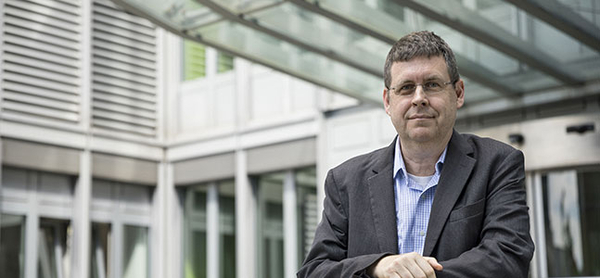
ETH researcher Lars-Erik Cederman is awarded the Swiss Science Prize Marcel Benoist 2018. In his research, he shows how important it is to grant regional independence to ethnic minorities and include them in political processes in order to achieve lasting peace. “Cedermanʼs work exemplifies the important contribution that the humanities and social sciences make to solving societal problems,” says Federal Councillor Johann N. Schneider Ammann. Mandated by the Marcel Benoist Foundation, the SNSF selected the prize winner in a multi-stage process.
November
Epigenetics at work
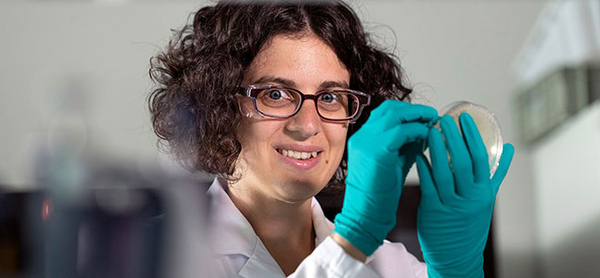
Mast cells are white blood cells that are involved in immune reactions. Certain enzymes trigger epigenetic modifications in these cells, i.e. they change the way the DNA is expressed without it being altered. Biologist Sara Montagner demonstrates that mast cells secrete excessive amounts of mediators and proliferate if these enzymes are missing. This shows: epigenetics influence the physiology of mast cells. For her work, Sara Montagner receives the Marie Heim-Vögtlin Prize 2018. She completed the work during her postdoc at the Institute of Biomedical Research in Bellinzona with funding from the SNSF.
November
Innate immunity decoded
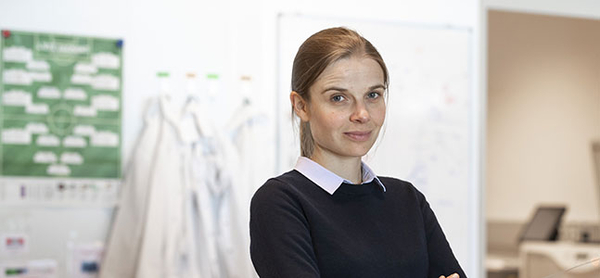
How do cells protect themselves against viruses and bacteria? As a postdoc at the University of Bonn, medical researcher Andrea Ablasser discovered an important transmitter substance which enables the body to fight intruders. Since 2014, professor Ablasser has worked at EPF Lausanne, investigating what happens when the immune system sounds a false alarm and triggers an autoimmune reaction. She has identified a substance which hampers overactivity. A start-up is evaluating the therapeutic potential of this substance. In recognition of her pioneering work on our innate immunity, the SNSF awards her the National Latsis Prize 2018 on behalf of the Latsis Foundation.
November/December
Advice on site
At the end of the year, the SNSF goes on its tour of Switzerland. It visits nine higher education institutions in Bern, Fribourg, Lucerne, Neuchâtel and St. Gallen, providing information to young researchers. “One-on-one conversations help them to select the most suitable funding scheme and write a promising project proposal,” says Christophe Giovannini, head of communication at the SNSF. In total, around 360 researchers attend the events in November and December 2018. The SNSF visits each of the higher education institutions every two years.